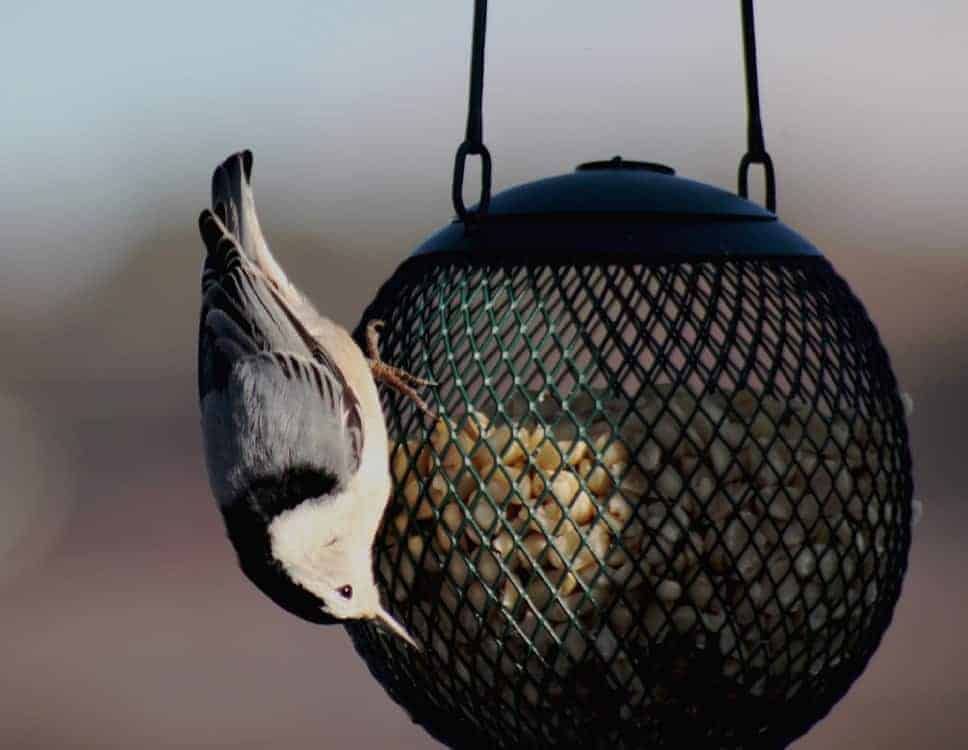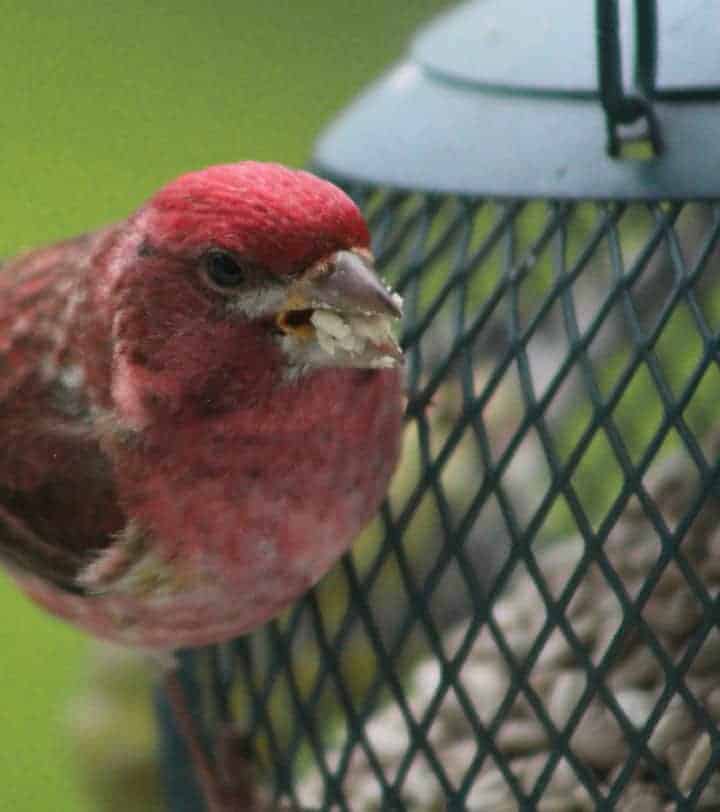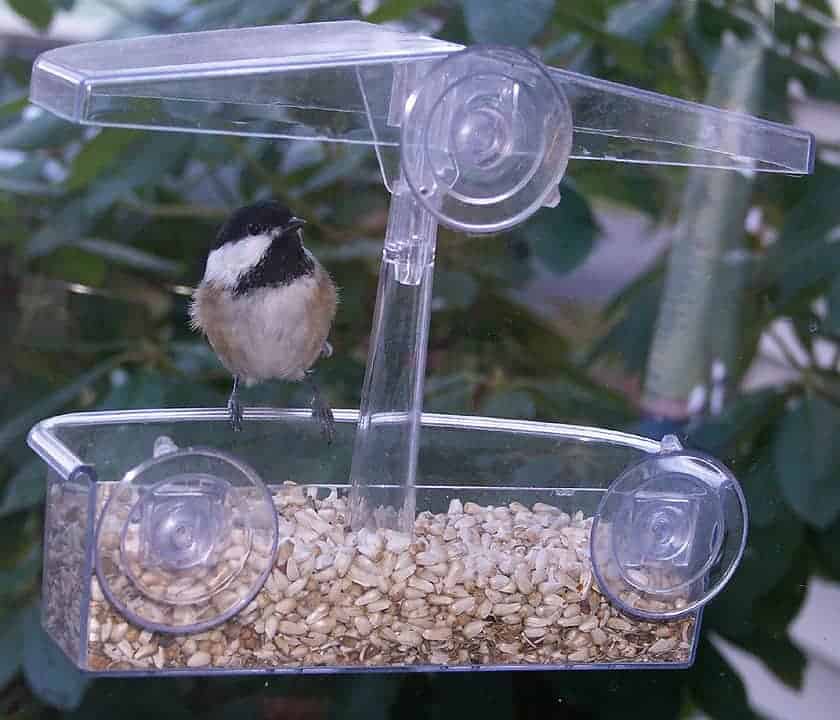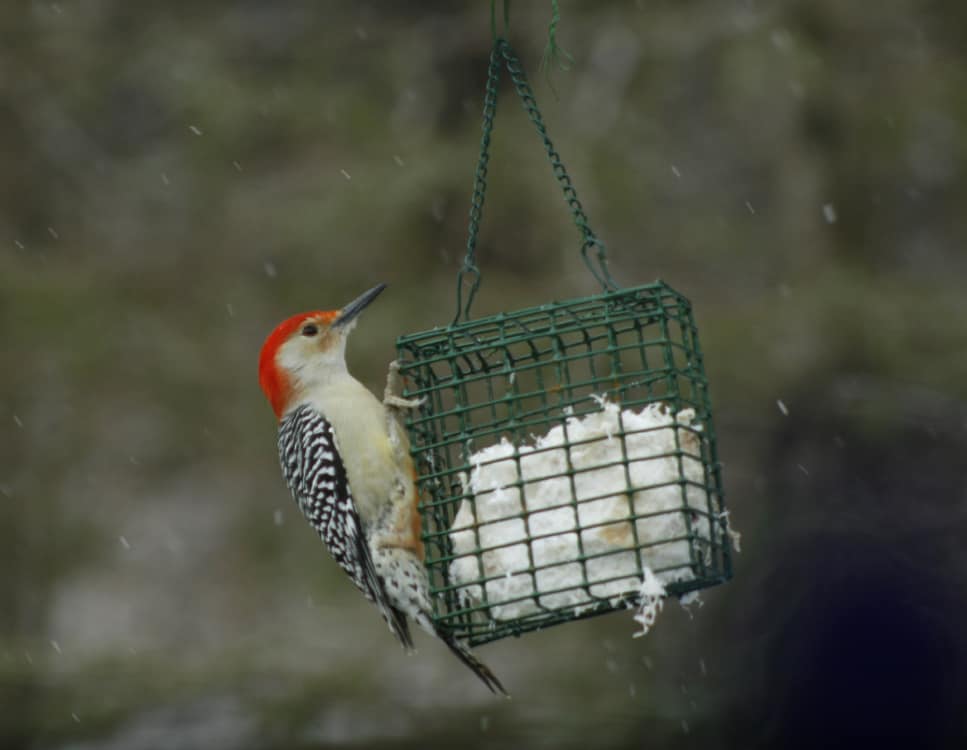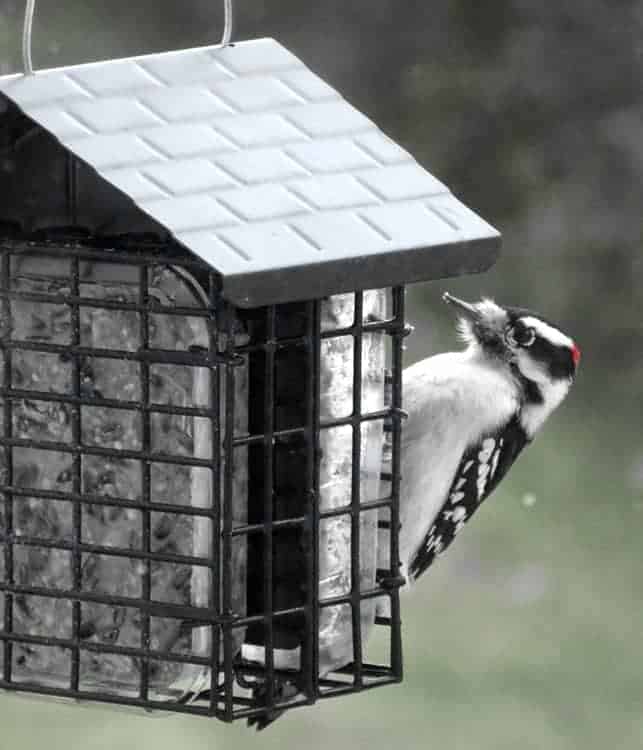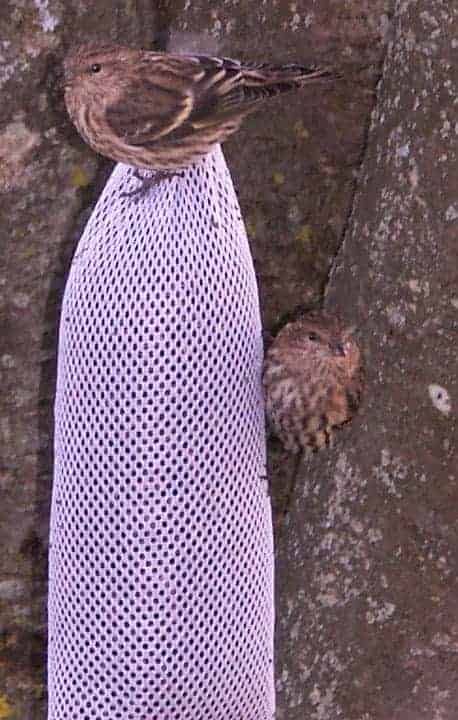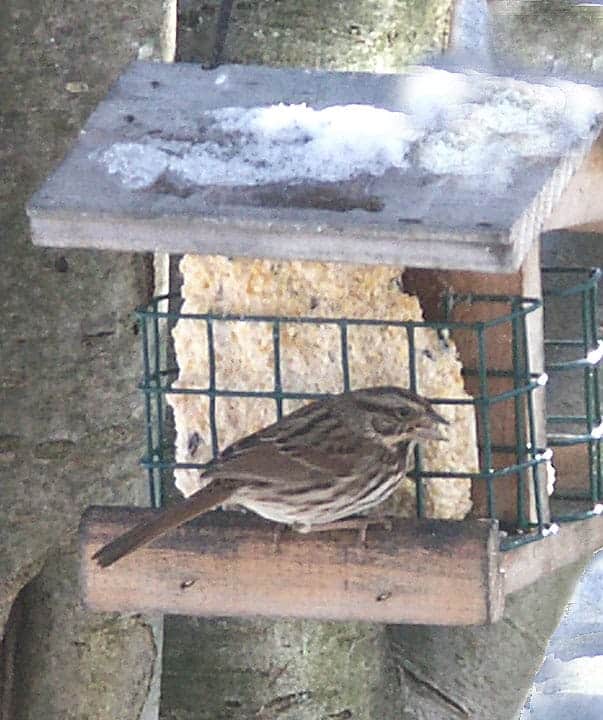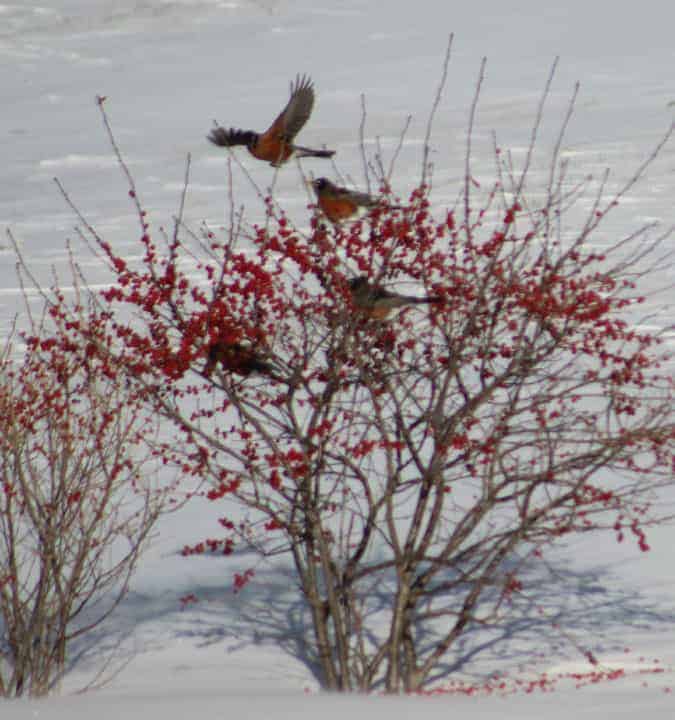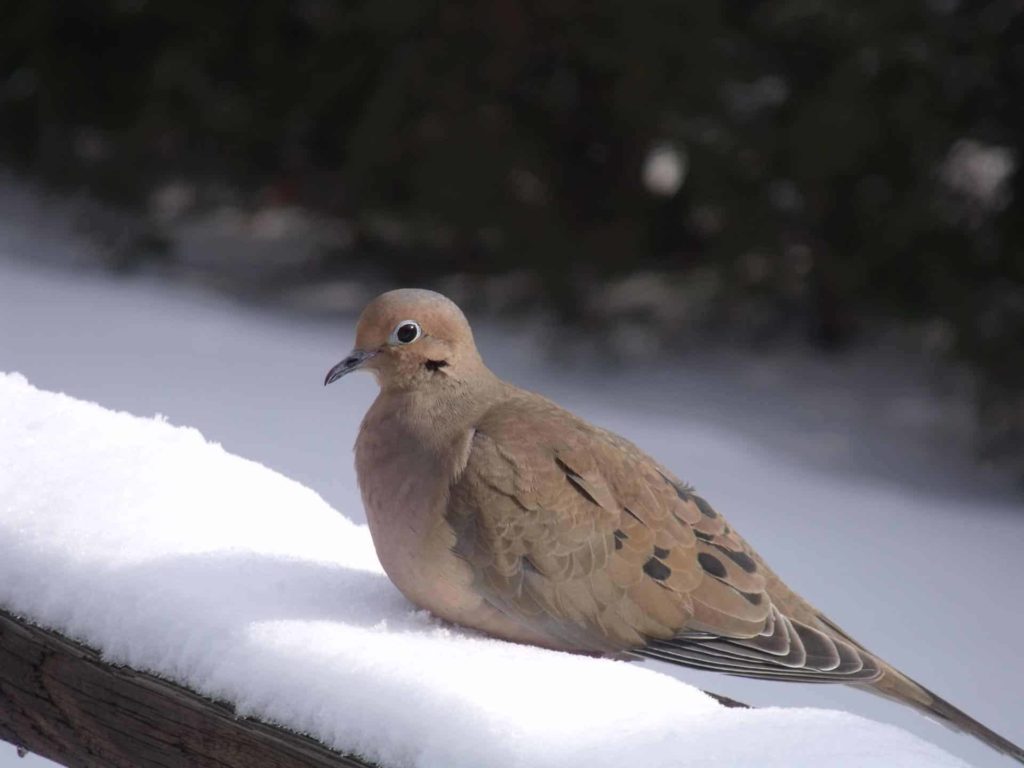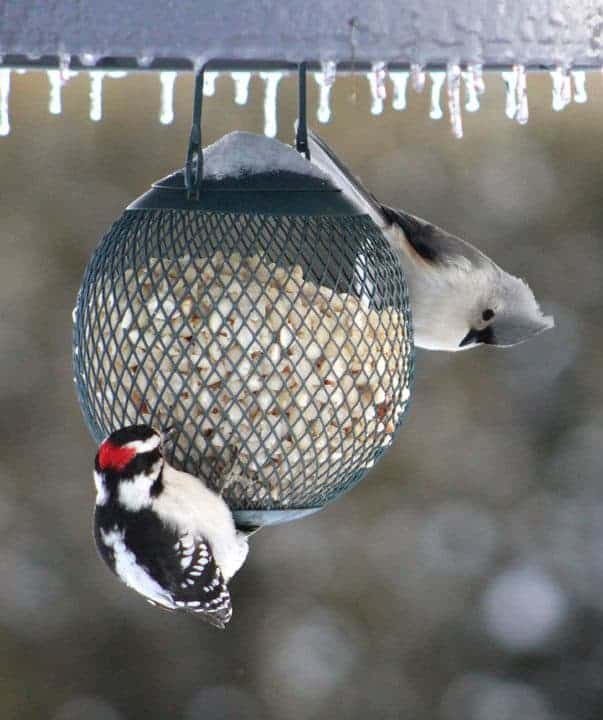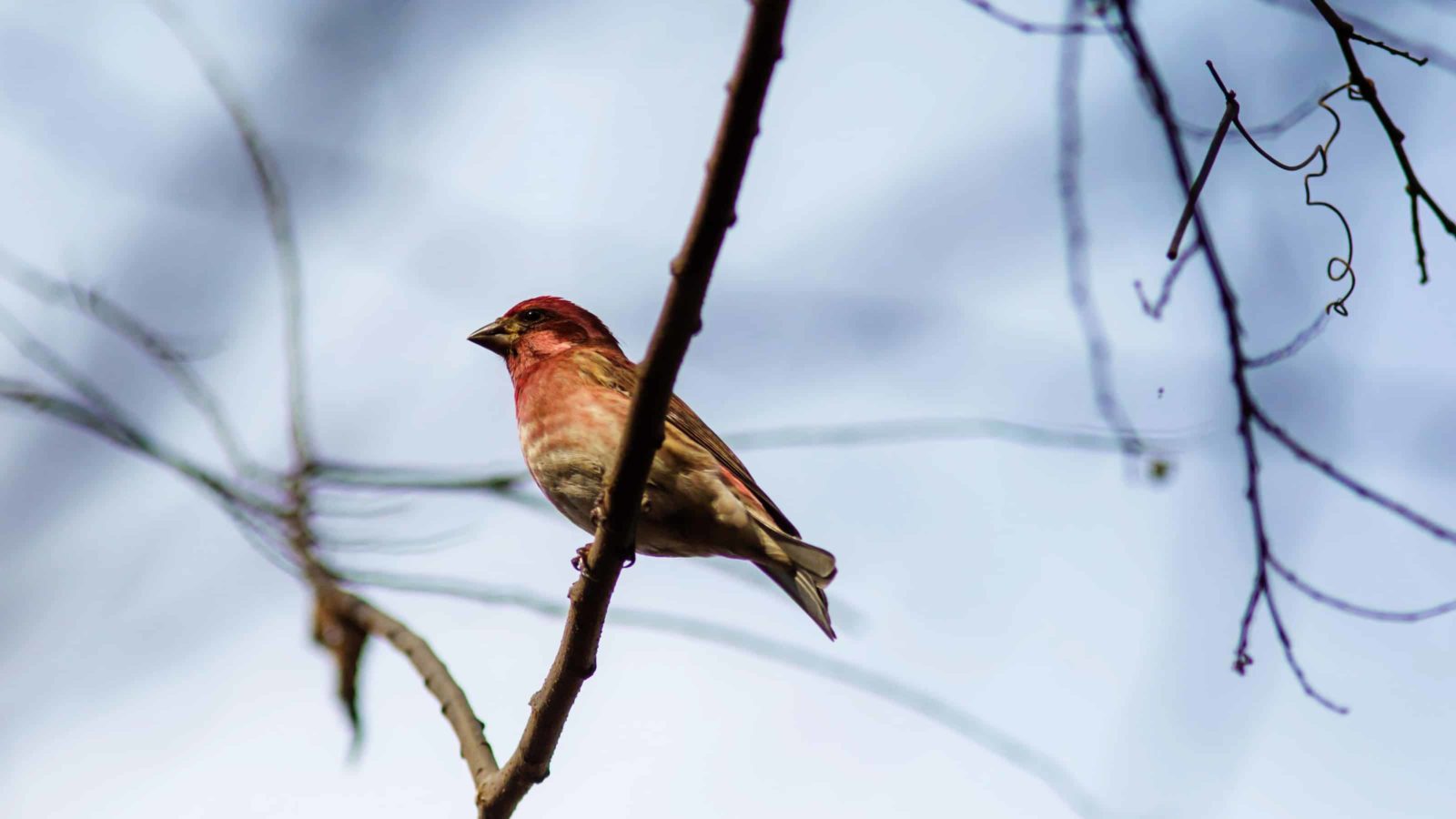As a snowstorm approaches, birds flock to neighborhood feeders. If you want to operate a frugal diner for flying visitors, variety remains the key word.
Many feeders with different foods will attract the most species and often in the greatest numbers. Stock them with foods like black oil sunflower seed or better yet sunflower hearts, suet, either cakes or butcher shop chunks, and a good blend of mixed bird seed with few of the little round orange seeds that most birds don’t like.
Through the years a well-stocked backyard bird diner will draw in many customers. Here’s a look at just a few of the many winter birds to expect.
